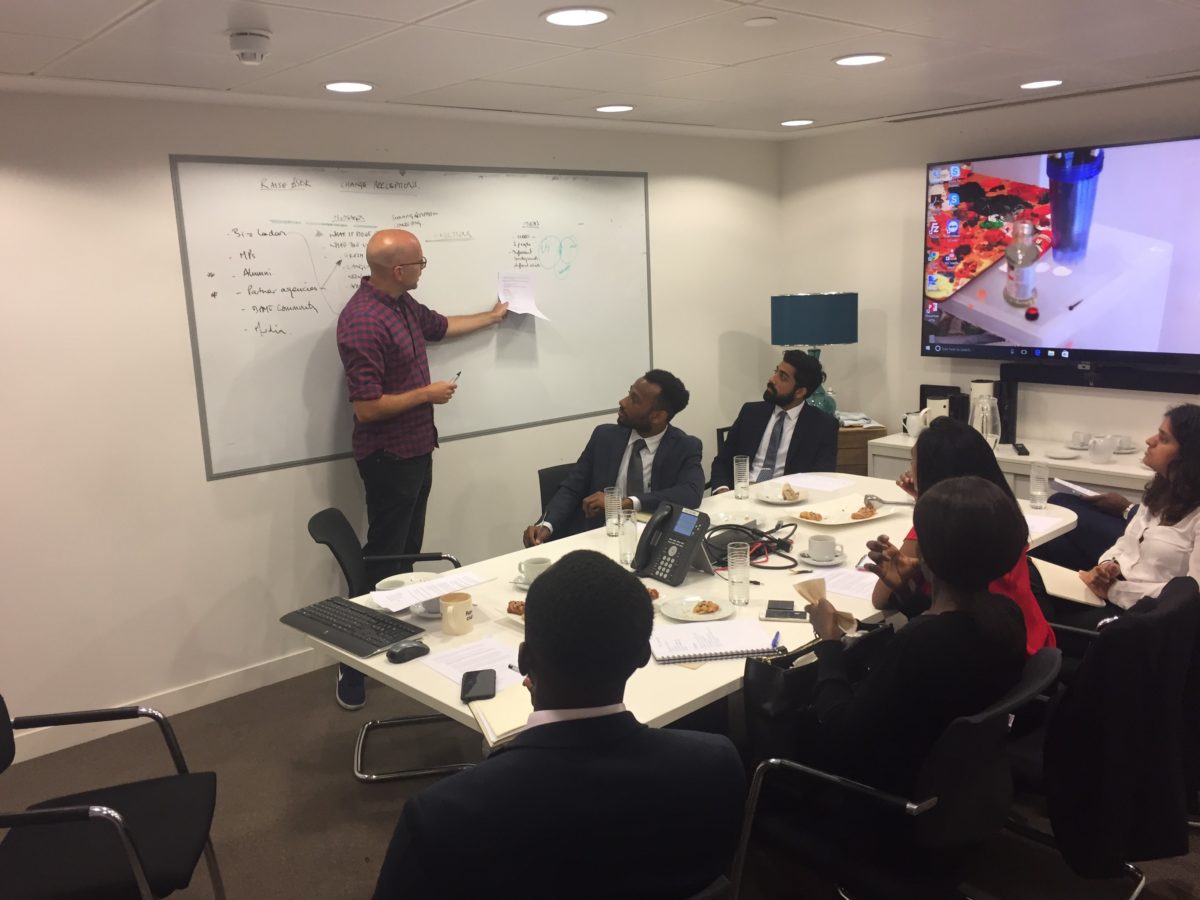This week 16-17-year-olds across the country head into school to pick up their GCSE results. These could guide them on the path to further education, vocational careers or maybe University. However, with PR, the traditional routes aren’t always necessary. There are plenty of alternative ways to get your foot in the door.
Yes, PR is an intricate and multifaceted field. But formal PR programs were only incorporated into academic training in the last 20 to 25 years. However, PR as a profession has existed since the early 1900s. When people still sent press releases in the mail!
Undoubtedly, a degree in public relations offers a strong foundation based on theory, as well as comprehensive knowledge of public relations practice rudiments but at NB towers, people are from a variety of backgrounds and sometimes a degree isn’t the only thing that’s going to set you apart from other candidates.
Take a look at some of the alternative routes some of NB’s own took to get where they are today:
After leaving school at 18 with a couple of A levels I bumbled around a bunch of jobs, never staying for more than a year or so – from pub shifts to working in a gym, to office admin work, I struggled to find my feet. So I decided to do two things: 1) move to London and 2) find a job in a creative industry. I’ve always had an interest in events, design and storytelling, so it seemed an obvious move. Enter, Nelson Bostock.
I started here as a receptionist seven years ago with little experience, but lots of enthusiasm and willingness to work. I learned about PR by osmosis. By helping out on projects when I had the chance. I jumped at the opportunity to move to the PR team as an Account Assistant. Unfortunately, I’ shit at PR, so I moved to finance. I stayed there for four years, two babies and a house move.
During my time in finance, I occasionally helped out Lauren – our only designer at the time – with in-house jobs when she was slammed (which was always). I picked up a few bits here and there about how to use design software and started to focus more on developing those skills. When I returned from maternity leave I was offered an exciting opportunity to join the design team (which by then had grown to three full-time designers) and here I am!
Advice I have for non-grads: be persistent, grab opportunities and find a company that’ll give you a chance, you never know where you might end up.
Laura Wynn-Owen, Designer
…
As an ex-teacher, I’m aware of the stress students are under to get great grades for a dream career. While getting results you can be proud of is important, the route to your dream job doesn’t need to be decided on paper. Now, as the New Business and Marketing Manager of a top-five Tech PR Agency, I couldn’t be further from my degree in Physical Education.
Taking the leap from teacher to marketing wasn’t straight forward. It depended on me taking risks and believing in myself. Knowing what you enjoy, what you’re good at and having the ability to articulate that is so important. At Nelson Bostock, we look at more than your education. Our core values are “Be Brilliant, Be Challenging and Be Admired”. When we have interns in, who may not have a degree, those three things are what we look for. So, when you get your results today/tomorrow, know that there are different routes to the same destination. To get there the most important thing is determination.
Hannah Bretherick, New Business & Marketing Manager
…
Most people seem to get into PR straight out of university. Either after doing a related degree or finding some work experience. However, it’s not the only way in. I entered this world a little later than most (only a little!). So, my road to PR is a little more unusual. It took me a little longer than most to settle on a career but now I have it has made me even more certain it is the right choice. I’ve worked a fair few other jobs (some great, some really not!) and completed a research masters in press regulation before I found my way here. That life experience has meant I’ve been able to bring a different angle to my role here. I may not walk as fast, hear as well or understand their crazy music but having a different life experience means I can still contribute.
Ben Cullen, Account Assistant











